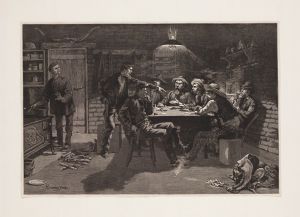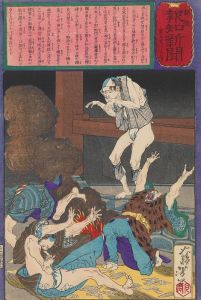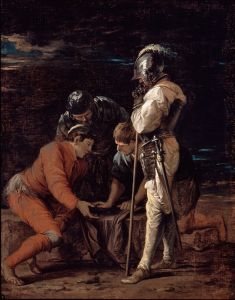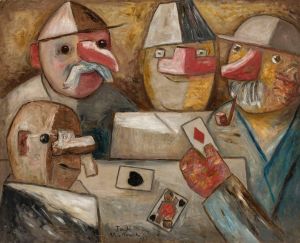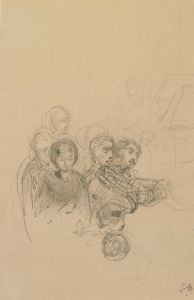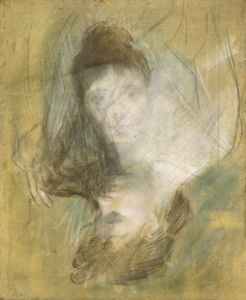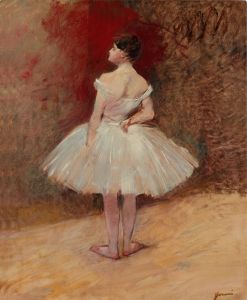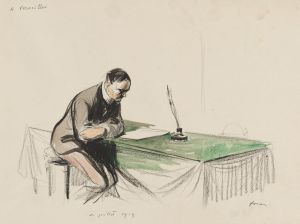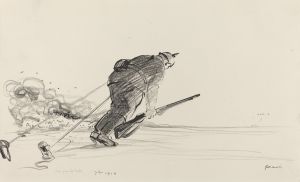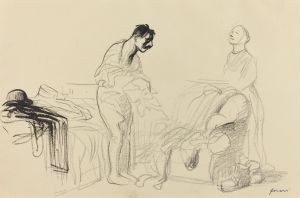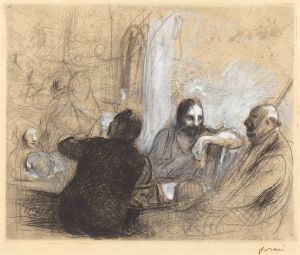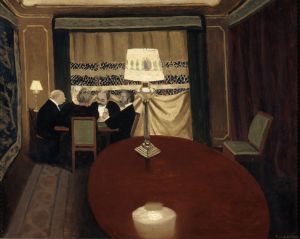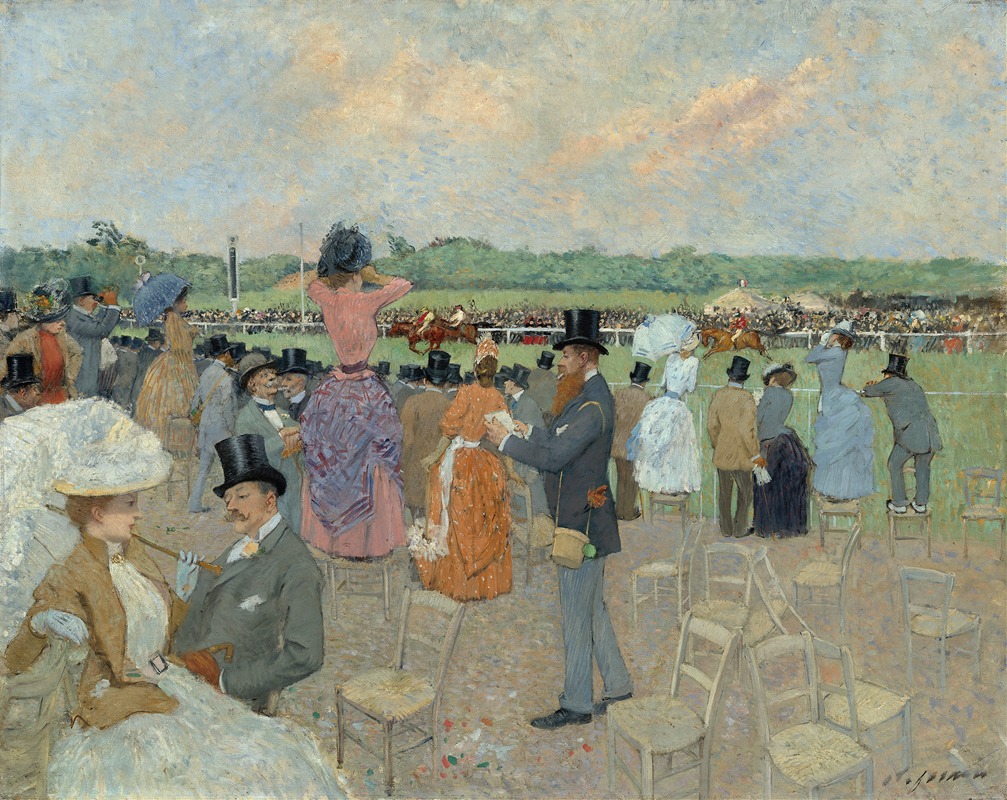
The Races at Longchamp
A hand-painted replica of Jean-Louis Forain’s masterpiece The Races at Longchamp, meticulously crafted by professional artists to capture the true essence of the original. Each piece is created with museum-quality canvas and rare mineral pigments, carefully painted by experienced artists with delicate brushstrokes and rich, layered colors to perfectly recreate the texture of the original artwork. Unlike machine-printed reproductions, this hand-painted version brings the painting to life, infused with the artist’s emotions and skill in every stroke. Whether for personal collection or home decoration, it instantly elevates the artistic atmosphere of any space.
Jean-Louis Forain's painting "The Races at Longchamp" is an exemplary work that captures the vibrant atmosphere of horse racing in late 19th-century France. Jean-Louis Forain (1852–1931) was a French Impressionist painter and printmaker known for his keen observations of Parisian life. His works often depicted scenes from the bustling city, including its theaters, cafes, and social gatherings, with a particular focus on the lively and sometimes decadent aspects of society.
"The Races at Longchamp" is one of Forain's notable works that reflects his interest in the social dynamics of Paris. The Longchamp Racecourse, located in the Bois de Boulogne in Paris, was a popular venue for horse racing and a fashionable gathering spot for the city's elite. It opened in 1857 and quickly became a symbol of the leisure and luxury associated with the Belle Époque period in France. The racecourse was not only a place for sporting events but also a social hub where people from various strata of society mingled.
Forain's painting captures the essence of a day at the races, with its bustling crowd and the excitement of the event. His use of color and light reflects the influence of Impressionism, a movement that sought to capture the fleeting effects of light and atmosphere. Forain's brushwork is lively and dynamic, conveying the movement and energy of the scene. The composition often includes elegantly dressed spectators, jockeys, and horses, all rendered with a sense of immediacy and spontaneity.
Unlike some of his contemporaries, Forain's work often carried a satirical edge, reflecting his interest in the social commentary of the time. His depictions of racecourse scenes sometimes highlighted the contrasts between different social classes and the behaviors of the people attending these events. This approach aligns with the broader Impressionist interest in modern life and the changing social landscape of Paris during the late 19th century.
Forain was associated with the Impressionist movement and exhibited with them in several of their group exhibitions. However, his style also showed influences from other artists and movements, including Edgar Degas, who was a friend and mentor to Forain. Degas's influence is evident in Forain's focus on urban scenes and his interest in capturing the nuances of human behavior.
"The Races at Longchamp" exemplifies Forain's ability to blend the Impressionist style with his unique perspective on society. The painting remains a valuable piece for understanding the cultural and social milieu of Paris during the Belle Époque. Through works like this, Forain contributed to the rich tapestry of Impressionist art, offering insights into the leisure activities and social interactions of his time.





